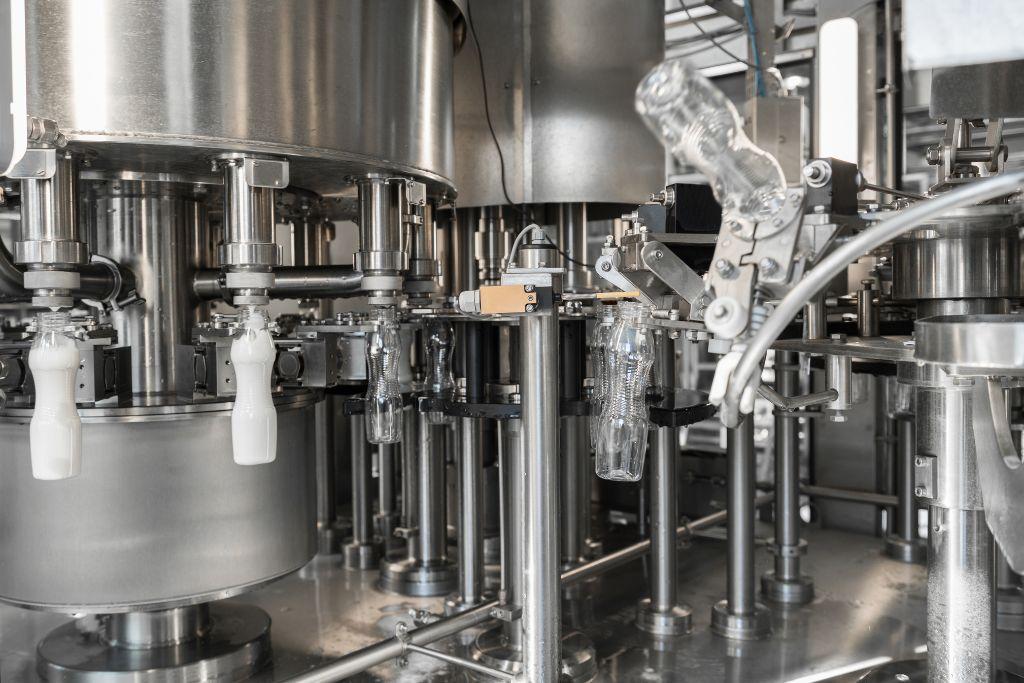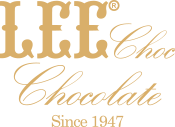How Chocolate Milk is Made in a Chocolate Factory
 2024-07-10
2024-07-10
Chocolate milk is a universally loved beverage that combines the rich taste of chocolate with the goodness of milk. Ever wondered how this delightful drink is crafted in a chocolate factory, particularly in a vibrant city like Dubai? Join us on a journey through the meticulous process of creating chocolate milk, from sourcing ingredients to packaging the final product, and we offer private label service.
Beginning the Process in a Chocolate Factory
Chocolate milk is not just a treat; it's a carefully crafted blend of milk, cocoa, sugar, and other ingredients that come together to create a creamy, chocolatey delight. In a chocolate factory, this process begins with the selection of high-quality ingredients sourced from trusted suppliers.
Sourcing Ingredients for Chocolate Milk
The first step in creating chocolate milk is sourcing fresh milk, cocoa beans, sugar, and any additional ingredients required for flavor enhancement. In Dubai's bustling chocolate factories, dairy farms provide fresh milk daily, ensuring the highest standards of quality and taste. Cocoa beans, essential for the chocolate flavor, are sourced from regions known for their superior cocoa production. These beans undergo rigorous testing to ensure they meet the factory's stringent quality requirements.
Processing Cocoa Beans for Chocolate Milk
Once the cocoa beans arrive at the chocolate factory, they undergo several processing steps to transform them from raw beans into the rich chocolatey goodness needed for chocolate milk. The process begins with cleaning and sorting the beans to remove debris and ensure only the best beans are used. Next, the beans are roasted to bring out their full flavor potential. Roasting is a critical step that affects the final taste profile of the chocolate milk, imparting depth and complexity to the chocolate flavor.
After roasting, the cocoa beans are cracked open to remove the outer shell and extract the nibs inside. These nibs are then ground into a thick, liquid paste known as chocolate liquor. Despite its name, chocolate liquor contains no alcohol; instead, it is pure cocoa mass rich in cocoa solids and cocoa butter.
Formulating the Base Flavor Profile
While the cocoa beans are being processed, another team within the chocolate factory focuses on preparing the chocolate syrup. This syrup forms the base of the chocolate milk's flavor profile. To create the syrup, the chocolate liquor is combined with sugar and other ingredients such as vanilla or emulsifiers, depending on the desired taste and texture.
The mixture undergoes refining and conching processes to achieve a smooth consistency and develop the desired chocolate flavor. Conching, in particular, involves mixing and aerating the chocolate syrup over an extended period, enhancing its flavor and ensuring a silky smooth texture that blends seamlessly with the milk.
Ensuring Safety and Freshness through Pasteurization
Simultaneously, the milk sourced from local dairy farms undergoes pasteurization. Pasteurization is a vital process that involves heating the milk to eliminate harmful bacteria while preserving its nutritional content and flavor. In a chocolate factory in Dubai, advanced pasteurization equipment ensures precise temperature control, guaranteeing that the milk remains safe and fresh for consumption.
Mixing and Homogenization
Once both the chocolate syrup and milk have undergone their respective processing stages, they are carefully combined in precise ratios. This mixing process is crucial to ensure that the chocolate flavor is evenly distributed throughout the milk, providing a consistent taste experience with every sip.
Modern chocolate factories often employ high-tech homogenization equipment to further refine the chocolate milk mixture. Homogenization breaks down fat particles in the milk, resulting in a smoother and creamier texture that enhances the overall mouthfeel of the beverage. This step is essential in creating a product that meets consumer expectations for quality and taste.
Flavor Enhancement and Customization
Depending on consumer preferences and market demands, chocolate milk in a chocolate factory may undergo additional steps for flavor enhancement or customization. This could involve adjusting the sweetness level, adding natural flavors like mint or caramel, or incorporating nutritional supplements to create specialty products tailored to specific dietary needs.
Quality Control
Throughout the chocolate milk production process, stringent quality control measures are in place to ensure that every batch meets the highest standards of taste, safety, and consistency. Samples are regularly tested for flavor profile, texture, microbial content, and shelf stability to maintain product integrity and consumer trust.
Packaging and Distribution
Once the chocolate milk has passed quality control inspections, it is ready for packaging. In Dubai's chocolate factories, packaging is often automated to ensure efficiency and hygiene. The chocolate milk may be packaged in various formats, including bottles, cartons, or pouches, depending on consumer preferences and market trends.
Packaging not only protects the product but also serves as a platform for branding and marketing efforts. Labels are applied with essential information such as nutritional content, ingredients list, and branding elements that communicate the product's quality and origin.
Market Reach and Consumer Enjoyment
After packaging, the chocolate milk is distributed to supermarkets, cafes, and retail outlets across Dubai and beyond. The distribution network ensures that consumers have access to fresh and delicious chocolate milk made with care in a local chocolate factory. Whether enjoyed on its own, as part of a meal, or as a nutritious snack, chocolate milk continues to resonate with people of all ages for its flavor and nutritional benefits.
